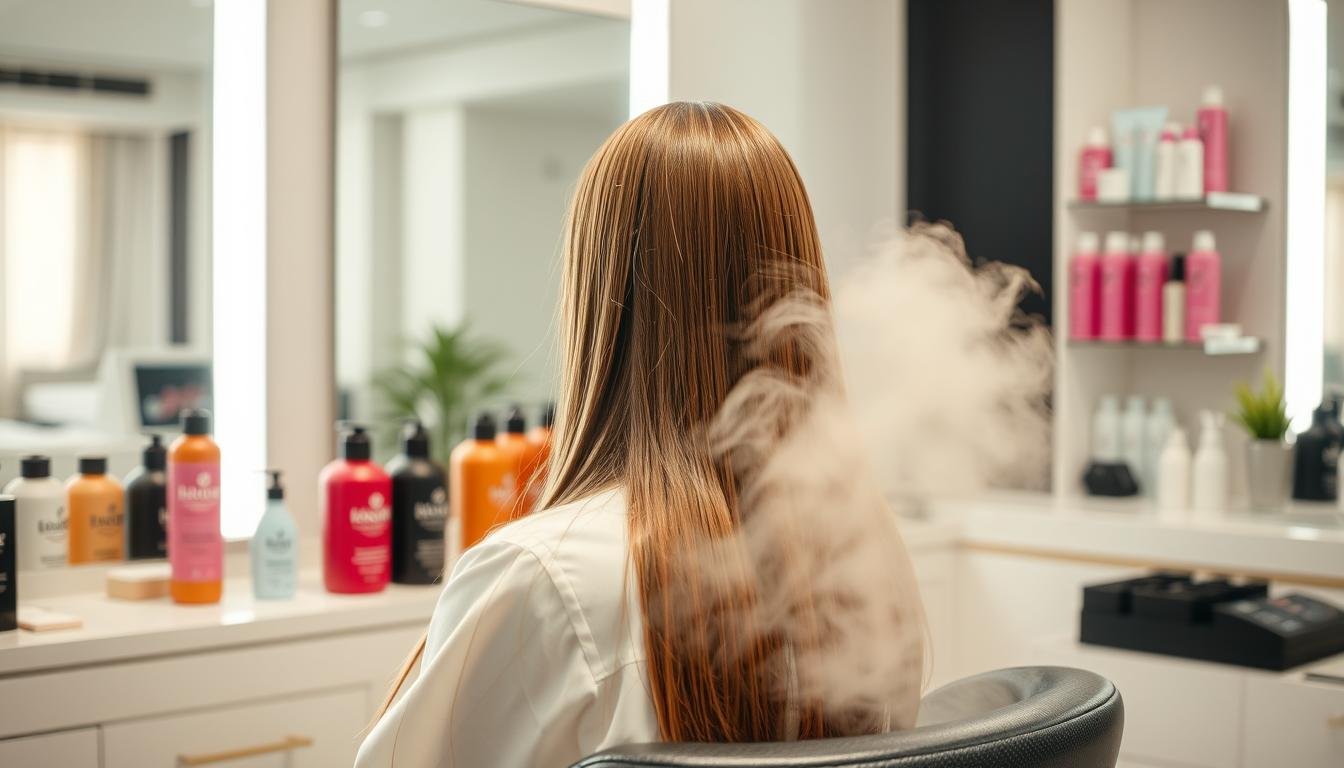Is Hair Rebonding Safe? Expert Guide to Hair Treatment
Did you know that hair rebonding can cost a staggering $1,000 or more, and the process can take an entire day to complete? While this chemical treatment promises sleek, manageable locks, the potential risks are not to be taken lightly. From hair damage and dryness to possible long-term health concerns, it’s crucial to understand the implications before undergoing a hair rebonding procedure.
Key Takeaways
- Hair rebonding is a chemical process that permanently straightens hair by breaking and reforming bonds.
- The procedure can take 3-8 hours and uses formaldehyde or similar chemicals to achieve the desired results.
- While hair rebonding creates sleek, manageable hair, it comes with potential risks like damage, dryness, and possible health concerns from chemical exposure.
- A 2019 study suggests that individuals undergoing chemical hair straightening every 5-8 weeks may have a higher risk of developing breast cancer.
- Proper salon selection, patch testing, and aftercare are crucial to minimize the risks associated with hair rebonding.
What is Hair Rebonding?
Hair rebonding, also known as chemical straightening or permanent hair straightening, is a revolutionary hair treatment that transforms unruly, frizzy locks into sleek, manageable tresses. This intricate process involves the application of specialized relaxant creams, heat, and keratin-based products to permanently alter the hair’s structure, resulting in a smooth, straight appearance that can last for up to 7 months with proper aftercare.
The Process Explained
The hair rebonding process typically takes between 3 to 8 hours, depending on the length and texture of the hair. It begins with a thorough cleansing, followed by the application of a relaxant cream that helps break down the hair’s Natural bonds. After a brief steaming session, the hair is rinsed, and a keratin-based lotion is applied to help strengthen and nourish the strands. Finally, the hair is flat-ironed at high temperatures to lock in the straight, glossy finish.
Differences Between Rebonding and Other Treatments
- Unlike smoothing treatments, which provide temporary straightening, hair rebonding permanently alters the hair’s structure for long-lasting, pin-straight results.
- Rebonding utilizes keratin Treatments that last 3 to 4 months, while Japanese straightening formulas typically contain formaldehyde.
- The effects of hair rebonding can last for 6 to 7 months, or even longer with proper aftercare, making it a more long-lasting solution compared to other straightening options.
| Treatment | Duration | Chemicals Used | Longevity |
|---|---|---|---|
| Hair Rebonding | 3-8 hours | Keratin-based | 6-7 months |
| Smoothing Treatments | 1-2 hours | Formaldehyde-based | 3-4 months |
| Brazilian Blowout | 2-3 hours | Keratin-based | 4-6 months |

“Hair rebonding has transformed my unruly curls into a sleek, manageable style that I love. The process was thorough, and the results have lasted for months.”
– Jane Doe, Hair Rebonding Client
Benefits of Hair Rebonding
If you’re seeking sleek, manageable, and frizz-free hair, hair rebonding may be the solution you’ve been looking for. This transformative treatment not only creates a permanently straight and lustrous appearance but also offers a range of compelling benefits that can revolutionize your hair care routine.
Sleek and Manageable Hair
One of the primary advantages of hair rebonding is its ability to tame even the most unruly and thick tresses. The process smoothens and straightens your hair, eliminating frizzy strands and enhancing the overall texture. With rebonded hair, you can say goodbye to time-consuming styling and the need for heat-based tools, as your locks will remain straight and manageable for months on end.
Long-Lasting Results
Unlike temporary straightening treatments, hair rebonding provides long-lasting results that can last up to 6-12 months, depending on your hair type and maintenance routine. The treatment creates a permanent transformation, allowing you to enjoy sleek, straight hair without the hassle of frequent touch-ups or treatments.
Enhanced Style Versatility
With rebonded hair, you’ll unlock a world of styling possibilities. Your straight, frizz-free locks will remain unaffected by humidity, enabling you to experiment with a variety of hairstyles, from sleek ponytails to beachy waves, without worrying about unwanted volume or frizz. This enhanced style versatility can be a game-changer, helping you achieve your desired look effortlessly.
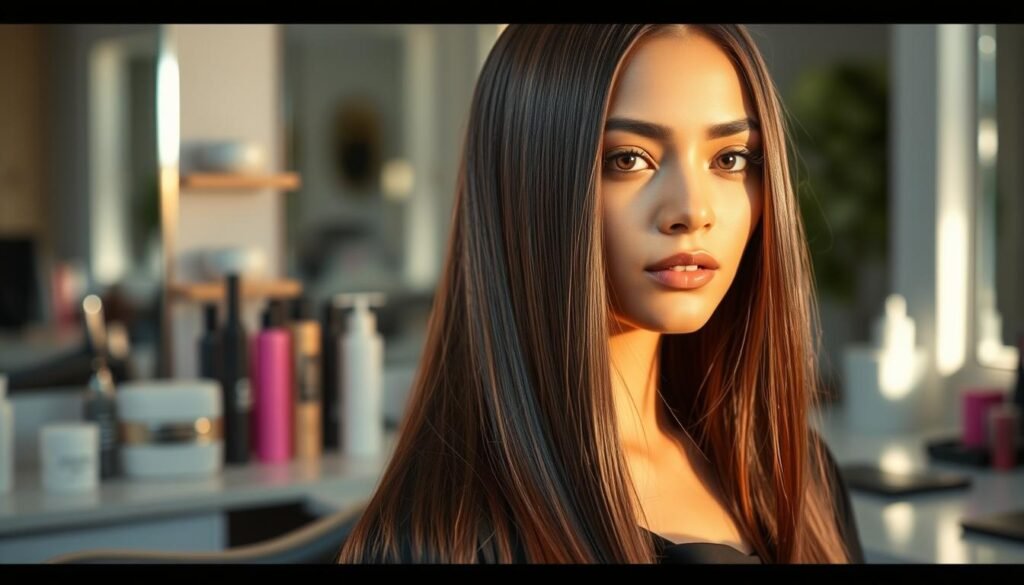
In conclusion, the advantages of hair rebonding are undeniable. From the creation of sleek and manageable hair to the long-lasting results and improved style versatility, this transformative treatment can be a game-changer for those seeking to embrace the benefits of straight, frizz-free hair.
Potential Risks of Hair Rebonding
While hair rebonding can provide a sleek, straight, and manageable look, it’s crucial to be aware of the potential risks associated with this chemical treatment. From damage to Natural Hair to allergic reactions, understanding the potential downsides can help you make an informed decision about whether hair rebonding is the right choice for you.
Damage to Natural Hair
The rebonding process involves the use of strong chemicals that can have a significant impact on the health of your Natural Hair. Exposure to these chemicals, combined with the high heat required during the treatment, can lead to hair breakage, dryness, and brittleness. Over time, this can result in hair loss and a weakened hair structure, making it more challenging to maintain healthy, vibrant locks.
Allergic Reactions to Chemicals
Some individuals may experience allergic reactions to the chemicals used in the hair rebonding process, such as itching on the neck, scalp, eyes, and skin. These reactions can be unpleasant and may even require medical attention in severe cases. It’s essential to conduct a patch test before undergoing the treatment to ensure your safety.
Long-Term Effects on Hair Health
Frequent hair rebonding treatments can have long-term consequences on the overall health of your hair. The constant exposure to harsh chemicals and high heat can permanently alter the texture and structure of your hair, making it more challenging to revert to its Natural state. Additionally, the high maintenance required to keep rebonded hair in optimal condition can further contribute to the weakening of your hair over time.
It’s important to carefully consider the potential risks of hair rebonding and weigh them against the desired benefits. Consulting with a trusted hair care professional can help you determine whether this treatment is The Best option for your hair type and overall hair health.
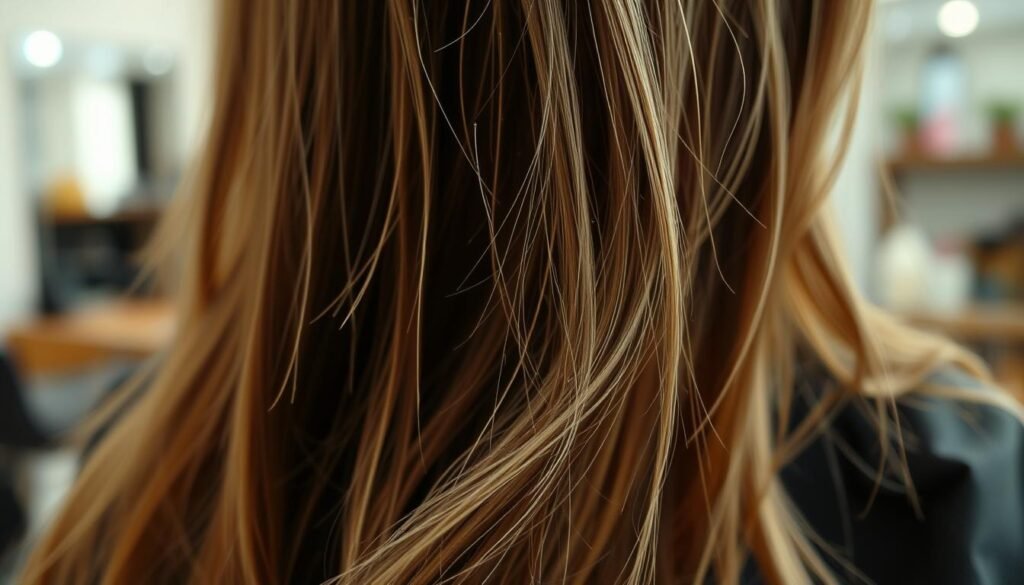
Who Should Consider Hair Rebonding?
Hair rebonding is a chemical treatment that permanently straightens hair, offering a sleek and manageable look. However, this procedure may not be suitable for everyone. To determine if hair rebonding is the right choice, it’s important to consider your hair type and overall hair health.
Ideal Hair Types for Rebonding
Individuals with the following hair types are often The Best candidates for hair rebonding:
- Frizzy, unmanageable hair
- Thick, coarse, or curly hair
On the other hand, hair rebonding may not be recommended for those with:
- Thin, fine hair
- Dry, damaged, or color-treated hair
- Heat-damaged hair
It’s always best to consult with a professional stylist to determine if your hair type is suitable for the rebonding process.
Recommended Age Group
Hair rebonding is generally suitable for adults with healthy hair. However, it’s important to note that the procedure may not be recommended during pregnancy due to the potential risks of the chemicals involved. The specific age range can vary, but it’s crucial to consider the overall condition of your hair before undergoing this treatment.
If you have any concerns about your hair type or suitability for hair rebonding, it’s highly recommended to seek the advice of a trusted hair care professional. They can assess your hair’s condition and provide guidance on the best course of action to achieve your desired look while maintaining the health and integrity of your tresses.
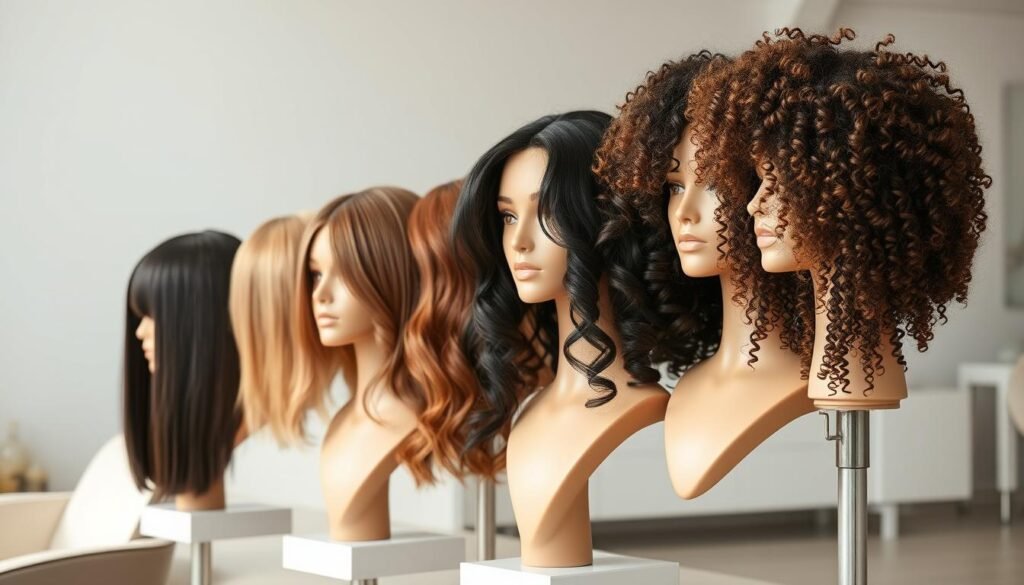
Safety Precautions Before Rebonding
Before taking the plunge into hair rebonding, it’s essential to prioritize safety and ensure a smooth and successful experience. One of the most crucial steps is choosing a reputable salon and licensed cosmetologist to handle the delicate rebonding process. When selecting a salon, look for one that uses high-quality, less-toxic ingredients and follows strict safety protocols.
Another vital precaution is undergoing a patch test before the actual rebonding treatment. This simple test can help identify any potential allergic reactions to the chemicals used in the process, allowing you to make an informed decision about proceeding with the treatment. Be sure to discuss your hair history and any concerns with the stylist, as they can provide valuable guidance on the suitability of hair rebonding for your specific hair type and condition.
Choosing a Reputable Salon
- Look for a licensed salon with experienced stylists who specialize in hair rebonding.
- Ensure the salon uses high-quality, less-toxic products for the rebonding procedure.
- Check that the salon follows proper safety protocols, including the use of protective gear and well-ventilated work areas.
- Ask about the salon’s reputation and read online reviews to gauge customer satisfaction.
Importance of a Patch Test
Before committing to a full hair rebonding treatment, it’s essential to undergo a patch test. This simple procedure involves applying a small amount of the rebonding chemicals to a discreet area of your skin, typically behind the ear or on the inner arm. After 24-48 hours, the stylist will assess the area for any signs of an allergic reaction, such as redness, itching, or swelling. Only if the patch test is successful should you proceed with the full hair rebonding treatment.
| Procedure | Duration |
|---|---|
| Hair Rebonding | 3-8 hours |
| Hair Smoothening | 3-5 hours |
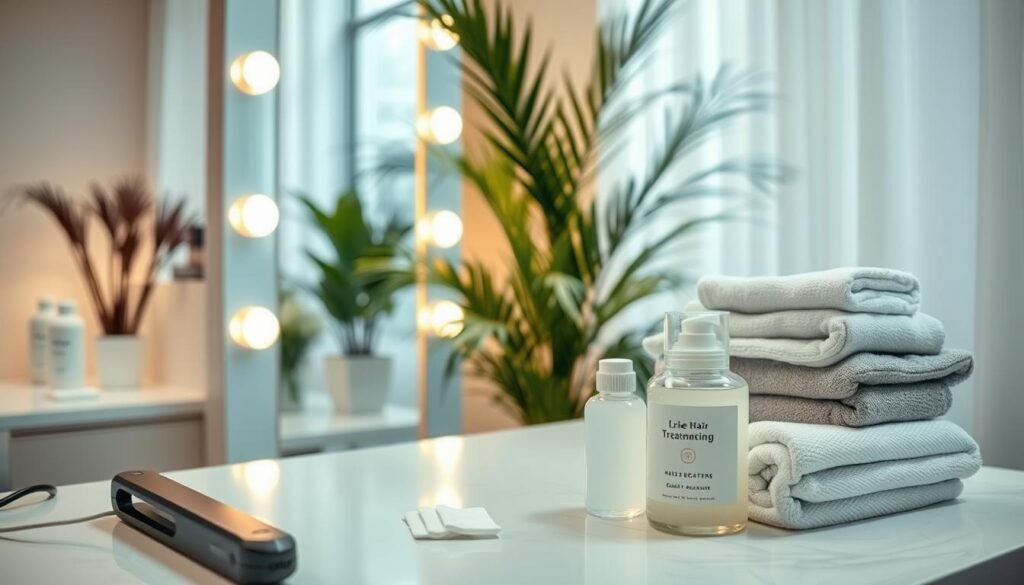
By taking the necessary precautions and working with a reputable salon, you can ensure a safe and successful hair rebonding experience, leading to the sleek, manageable locks you’ve been dreaming of.
Hair Rebonding Aftercare
Maintaining the smooth, straight look of your rebonded hair requires special care and attention. Following the proper aftercare routine is crucial to ensure your hair stays healthy and vibrant long after the treatment. Let’s explore the essential products and tips for keeping your rebonded hair looking its best.
Essential Products to Use
To keep your rebonded hair looking its absolute best, it’s important to invest in specialized haircare products designed for chemically-treated tresses. Some top picks include:
- Davines NOUNOU Damage Remedy Set – A nourishing duo that helps strengthen and protect rebonded hair.
- L’Oréal Professionnel Serie Expert Inforcer – This duo combines a strengthening shampoo and conditioner to restore vibrancy.
- Schwarzkopf BC Bonacure – This line offers a range of rebonded hair care products to maintain softness and shine.
Tips for Maintaining Rebonded Hair
In addition to using the right products, there are several key tips to keep in mind for maintaining your rebonded hair:
- Avoid washing your hair for the first 3 days after the treatment to allow the rebonding to fully set.
- Transition to washing your hair only when it becomes oily, rather than daily.
- Use lukewarm or cold water to wash your hair, as hot water can damage the cuticles.
- Limit heat styling tools and opt for lower heat settings to prevent further damage.
- Get regular trims every 6-8 weeks to prevent split ends and maintain healthy hair.
- Protect your rebonded hair from environmental factors like sun, rain, and pollution.
- Incorporate a nutritious, protein-rich diet to support the health of your hair.
By following these essential products and tips, you can keep your rebonded hair looking sleek, straight, and healthy for months to come.
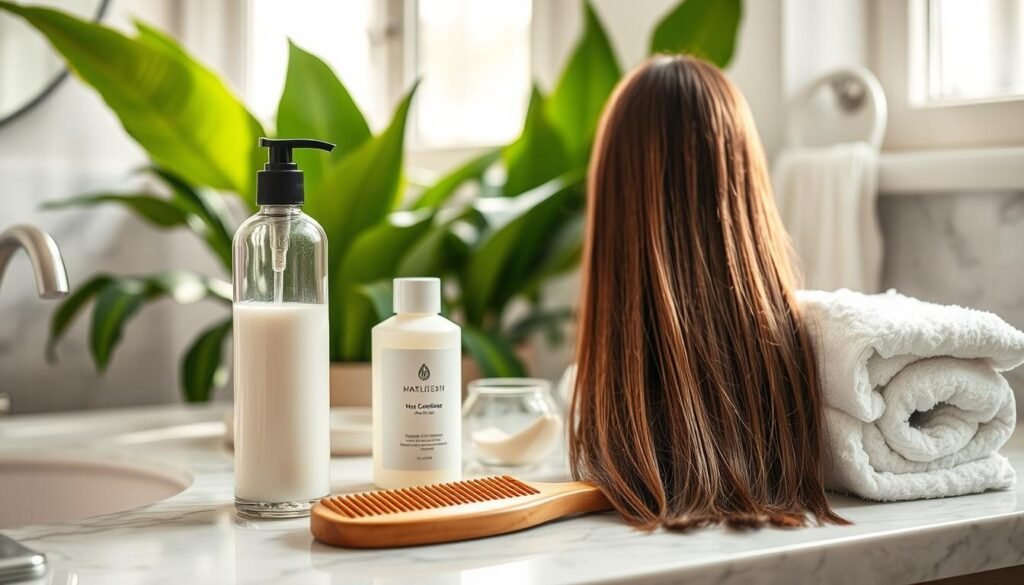
Common Myths About Hair Rebonding
When it comes to hair rebonding, there are several myths and misconceptions that often circulate. It’s important to separate the facts from fiction to make an informed decision about this chemical straightening treatment.
Debunking Misconceptions
One common myth is that hair rebonding guarantees perfect, long-lasting results for all hair types. In reality, the success of the treatment can vary depending on the individual’s hair condition, texture, and overall health. While rebonding is Effective for many, some clients may still experience less than ideal outcomes or even hair damage.
Another misconception is that hair rebonding is completely safe, with no long-term effects on hair health. While the procedure is generally considered safe when done by a professional, the long-term impacts on hair and scalp are still being studied. Potential risks include dryness, brittleness, and even allergic reactions to the chemicals used.
Real Experiences from Clients
- Sarah, a client who recently underwent hair rebonding, shared her experience: “The results were amazing at first, with my hair feeling super smooth and straight. But after a few months, I noticed it was becoming more fragile and prone to breakage. I had to be extra careful with styling and use lots of conditioning treatments.”
- Another client, Alex, expressed caution: “While the rebonding process was quick and convenient, I did experience some scalp irritation and dryness in the weeks following. I would advise anyone considering it to do thorough research and consult a professional to ensure it’s the right choice for their hair type.”
It’s important to keep in mind that hair rebonding, like any chemical treatment, carries both benefits and risks. By understanding the facts and real experiences, you can make an informed decision about whether this treatment is suitable for your hair and personal preferences.
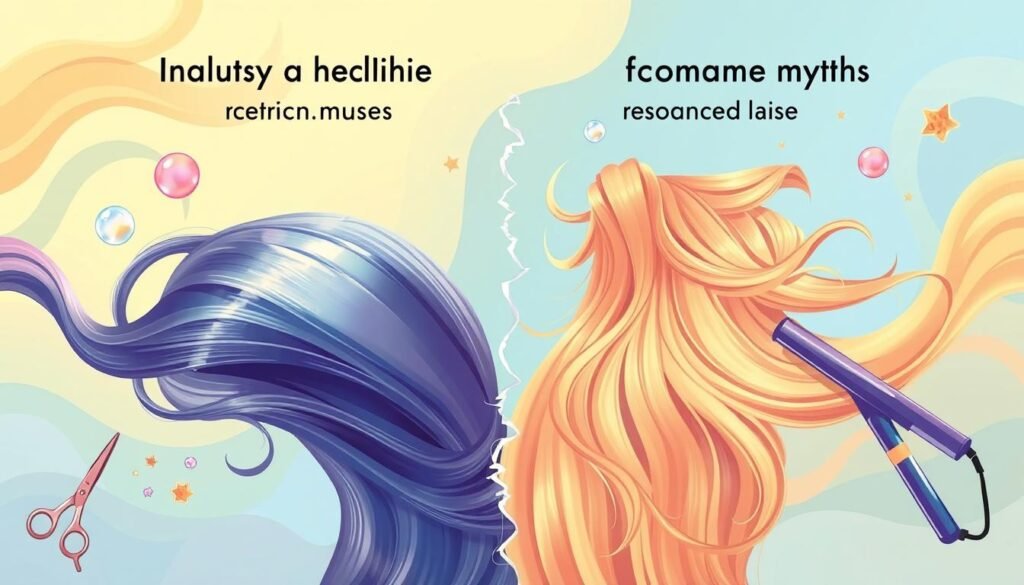
Alternative Treatments to Hair Rebonding
While hair rebonding offers long-lasting, sleek results, it’s not the only option for those seeking straighter, more manageable locks. Alternatives such as keratin treatments, Brazilian blowouts, and other straightening methods can provide similar benefits without the potential risks associated with rebonding.
Keratin Treatments
Keratin treatments are a popular alternative to hair rebonding. These treatments use a protein-based formula to smooth and straighten the hair, often lasting for several months. Keratin treatments are generally less damaging than rebonding, as they do not require the use of harsh chemicals that can compromise the hair’s integrity.
Brazilian Blowouts
Another option is the Brazilian blowout, a semi-permanent straightening treatment that smooths and relaxes the hair. Unlike rebonding, which can significantly alter the hair’s structure, Brazilian blowouts create a sleek, frizz-free look without dramatically changing the hair’s texture. The results typically last around 3-4 months.
Other Straightening Options
- At-home hair straightening products, such as flat irons, hairdryers, and smoothing serums, can provide temporary straightening effects without the commitment of a salon treatment.
- Professional salon blowouts can also offer a sleek, straight hairstyle, though the results are usually more temporary compared to rebonding or other chemical treatments.
- Deep conditioning treatments and hair wrapping techniques can help smooth and straighten the hair without the use of harsh chemicals.
While these alternatives may not provide the same long-lasting results as hair rebonding, they can be a safer and more affordable option for those looking to achieve straighter, more manageable hair. It’s important to weigh the pros and cons of each treatment and consult with a professional to determine the best solution for your hair type and preferences.
| Treatment | Duration | Average Cost |
|---|---|---|
| Keratin Treatment | 3-5 months | $150+ |
| Brazilian Blowout | 3-4 months | $150+ |
| Japanese Thermal Straightening | Up to 6 months | $200-$800 |
| Hair Rebonding | 5-7 months | $250-$1,000 |
| At-Home Straightening Products | Up to 6 weeks | $15-$50 |
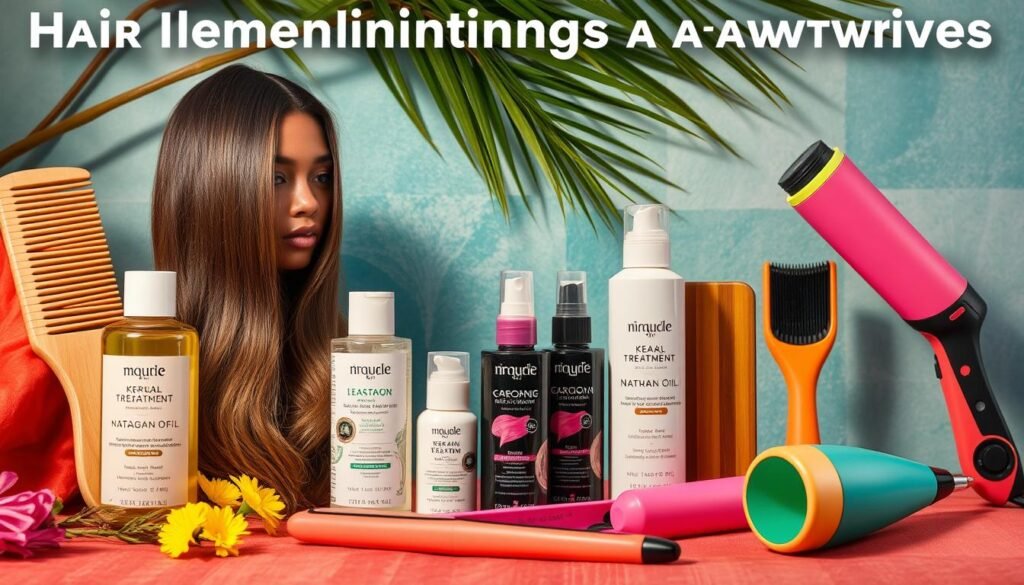
Cost Considerations for Hair Rebonding
When it comes to hair rebonding, the cost is a crucial factor to consider. The price range for this treatment can vary significantly, from as low as $250 to over $1,000, depending on several key factors.
Average Pricing in Salons
The cost of hair rebonding is primarily influenced by the salon you choose. Higher-end salons with a reputation for quality and the use of premium, non-toxic ingredients tend to charge more. On the other hand, more budget-friendly options may offer the service at a lower price point. It’s important to research and compare prices at different salons to find the best value for your hair needs.
Factors Influencing the Cost
- Hair length and condition: Longer or thicker hair may require more time and products, resulting in a higher cost.
- Salon reputation and expertise: Well-established salons with experienced stylists often charge more for their services.
- Use of non-toxic, high-quality ingredients: Salons that prioritize the use of safer, more premium products may have higher prices.
- Maintenance and touch-ups: Regular hair rebonding touch-ups every 3-6 months can add to the long-term expenses.
It’s important to weigh the cost against the quality of the salon and the products used, as well as the expected long-term results and maintenance requirements. Consulting with a professional stylist can help you understand the optimal hair rebonding solution for your specific needs and budget.
| Salon Type | Average Cost Range | Factors Affecting Cost |
|---|---|---|
| Budget-Friendly Salon | $250 – $500 | Less experienced stylists, use of lower-quality products |
| Mid-Range Salon | $500 – $800 | Moderately experienced stylists, use of mid-range products |
| High-End Salon | $800 – $1,200+ | Highly experienced stylists, use of premium, non-toxic products |
Remember, the true cost of hair rebonding extends beyond the initial treatment, as regular touch-ups and maintenance are necessary to maintain the desired results. Carefully considering all the factors can help you make an informed decision and budget accordingly.
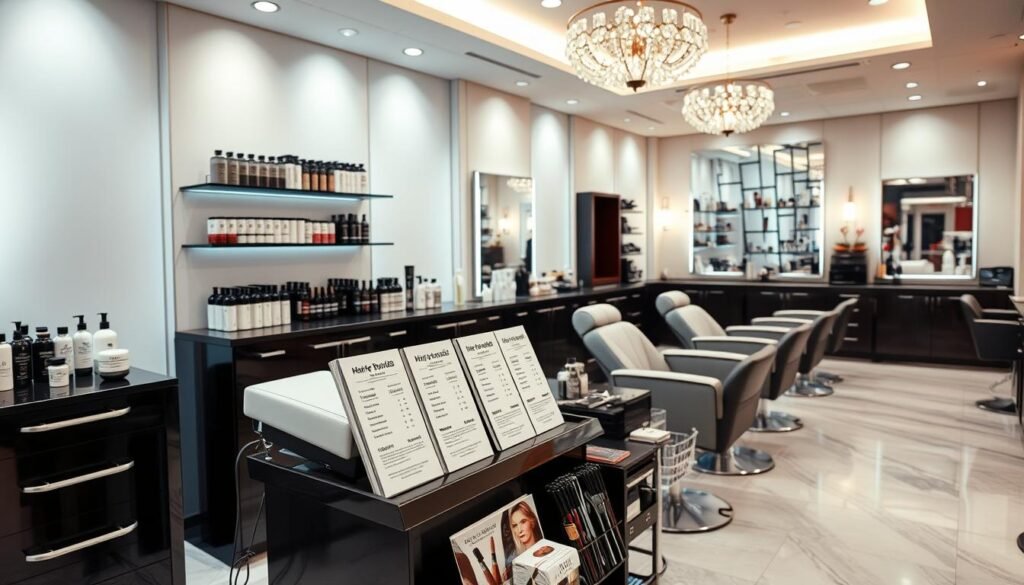
Conclusion: Is Hair Rebonding Right for You?
As you weigh the decision to pursue hair rebonding, it’s crucial to carefully consider your hair type, desired aesthetic, and long-term maintenance needs. Rebonding can offer sleek, straight, and manageable locks for up to 12 months, but it also comes with potential risks and requires diligent aftercare.
Evaluating Your Hair Type and Preferences
If you have coarse, frizzy, or unruly hair, rebonding may be an appealing option to achieve a smooth, polished look. However, those with fine or fragile hair should exercise caution, as the chemical treatment can lead to damage or breakage. Consider your daily styling routine and how much time you’re willing to invest in maintaining the rebonded effect.
Final Thoughts on Safety and Care
While hair rebonding can deliver long-lasting results, it’s crucial to prioritize hair health and safety. Consult with a reputable stylist, conduct a patch test, and follow all aftercare instructions to minimize the risk of damage. Be prepared for regular touch-ups and trims to keep your rebonded hair in top condition. By carefully weighing the benefits, risks, and your personal preferences, you can determine if hair rebonding is the right choice for you.
FAQ
What is hair rebonding?
Hair rebonding is a chemical process that permanently straightens hair by breaking and reforming the bonds in the hair structure. It typically uses formaldehyde or similar chemicals and takes 3-8 hours to complete.
How long do the results of hair rebonding last?
The results of hair rebonding typically last for 6-7 months, providing you with permanently straight, frizz-free, and manageable hair.
what are the potential risks of hair rebonding?
Potential risks of hair rebonding include hair breakage, damage, dryness, scalp irritation, and possible health concerns from chemical exposure. Frequent treatments may also increase the risk of breast cancer due to the use of hormone-disrupting chemicals.
Is hair rebonding safe for all hair types?
No, hair rebonding is not suitable for all hair types. It is ideal for those with frizzy, unmanageable, thick, or curly hair. However, it is not recommended for thin, dry, color-treated, bleached, or heat-damaged hair.
What should I do before getting a hair rebonding treatment?
Before getting a hair rebonding treatment, it’s important to choose a licensed cosmetologist and a reputable salon. You should also request a patch test to check for any allergic reactions, and discuss your hair history and concerns with the stylist.
How should I care for my hair after a rebonding treatment?
After a hair rebonding treatment, you should follow the 72-hour rule by avoiding wetting your hair, using hair accessories, or styling it for the first 3 days. Use specialized shampoo, conditioner, and serum for straight hair, and regularly oil your hair to keep it healthy and manageable.
What are some myths about hair rebonding?
Some common myths about hair rebonding include guaranteed results for all hair types and the complete safety of the procedure. In reality, results can vary based on hair type and condition, and potential long-term effects and health risks are still being studied.
Are there any alternatives to hair rebonding?
Yes, there are several alternatives to hair rebonding, including keratin treatments, Brazilian blowouts, and Japanese hair straightening. At-home options like hair wrapping, professional salon blowouts, hair rollers, and deep conditioning treatments may also be less damaging, but often provide temporary results compared to rebonding.
How much does hair rebonding cost?
The cost of hair rebonding can range from 0 to over
FAQ
What is hair rebonding?
Hair rebonding is a chemical process that permanently straightens hair by breaking and reforming the bonds in the hair structure. It typically uses formaldehyde or similar chemicals and takes 3-8 hours to complete.
How long do the results of hair rebonding last?
The results of hair rebonding typically last for 6-7 months, providing you with permanently straight, frizz-free, and manageable hair.
what are the potential risks of hair rebonding?
Potential risks of hair rebonding include hair breakage, damage, dryness, scalp irritation, and possible health concerns from chemical exposure. Frequent treatments may also increase the risk of breast cancer due to the use of hormone-disrupting chemicals.
Is hair rebonding safe for all hair types?
No, hair rebonding is not suitable for all hair types. It is ideal for those with frizzy, unmanageable, thick, or curly hair. However, it is not recommended for thin, dry, color-treated, bleached, or heat-damaged hair.
What should I do before getting a hair rebonding treatment?
Before getting a hair rebonding treatment, it’s important to choose a licensed cosmetologist and a reputable salon. You should also request a patch test to check for any allergic reactions, and discuss your hair history and concerns with the stylist.
How should I care for my hair after a rebonding treatment?
After a hair rebonding treatment, you should follow the 72-hour rule by avoiding wetting your hair, using hair accessories, or styling it for the first 3 days. Use specialized shampoo, conditioner, and serum for straight hair, and regularly oil your hair to keep it healthy and manageable.
What are some myths about hair rebonding?
Some common myths about hair rebonding include guaranteed results for all hair types and the complete safety of the procedure. In reality, results can vary based on hair type and condition, and potential long-term effects and health risks are still being studied.
Are there any alternatives to hair rebonding?
Yes, there are several alternatives to hair rebonding, including keratin treatments, Brazilian blowouts, and Japanese hair straightening. At-home options like hair wrapping, professional salon blowouts, hair rollers, and deep conditioning treatments may also be less damaging, but often provide temporary results compared to rebonding.
How much does hair rebonding cost?
The cost of hair rebonding can range from $250 to over $1,000, depending on factors such as salon reputation, use of non-toxic ingredients, hair length, and condition. Higher-end salons and premium products can increase the overall cost, and regular touch-ups every 3-6 months can add to the long-term expenses.
,000, depending on factors such as salon reputation, use of non-toxic ingredients, hair length, and condition. Higher-end salons and premium products can increase the overall cost, and regular touch-ups every 3-6 months can add to the long-term expenses.
